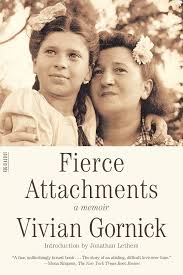Let’s face it. The Bible is full of curiosities.
♦ Why are four women also listed with 44 men named in the genealogy of Jesus in Matthew 1? For a patriarchal culture—gee, that’s funny.
♦ In the book of Numbers the people of Israel are judged for moaning and groaning about not having enough food. Then why are there so many Psalms of lament, suggesting that complaining to God is okay? Gee, that’s funny.
♦ In back-to-back verses, Proverbs 26:4-5 says we should answer fools and then not answer fools. Gee, that’s funny.
♦ When Jesus was walking on the water during a storm while the disciples were straining at the oars, the text says, “He was about to pass by them” (Mark 6:48). What? Didn’t he see they were in trouble? Gee, that’s really funny.
We may be so familiar with the Bible that we cease to see an odd twist, a strange insertion, a peculiar comment. Or we might just think the Bible is weird and write the whole thing off. Yet if we take the time to notice the unexpected, we can find a doorway into an insight, and even into the heart of the passage.
Consider the comment about Jesus passing by the disciples. Well, yes, walking on water itself is a little unusual, but we still notice that. We seldom, however, think about Jesus passing by. What is going on there?
 Because the New Testament writers were people steeped in the Old Testament, that’s where they often drew ideas, motifs, and references to understand this surprising Jesus who was not the military Messiah they expected. The language of “passing by” recalls the story in Exodus 32–33 when Moses asked God to see his glory. God says, “When my glory passes by, I will put you in a cleft in the rock and cover you with my hand until I have passed by” (Exodus 33:22, my emphasis).
Because the New Testament writers were people steeped in the Old Testament, that’s where they often drew ideas, motifs, and references to understand this surprising Jesus who was not the military Messiah they expected. The language of “passing by” recalls the story in Exodus 32–33 when Moses asked God to see his glory. God says, “When my glory passes by, I will put you in a cleft in the rock and cover you with my hand until I have passed by” (Exodus 33:22, my emphasis).
Likewise, when Elijah fled Jezebel’s murderous threats, he was told, “Go out and stand on the mountain in the presence of the Lord, for the Lord is about to pass by” (1 Kings 19:11, my emphasis), and God revealed himself to Elijah.
We also find this in Job, who says that God “treads on the waves of the sea. . . . When he passes me, I cannot see him” (Job 9:8, 11, my emphasis). And indeed, the disciples weren’t even sure who they were looking at. “They thought he was a ghost” (Mark 6:49).
What’s Mark getting at? By using the “passing by” language that the Old Testament uses when God shows himself to humans, Mark portrays Jesus as a revelation of God to the disciples like with Moses and Elijah. Jesus, Mark is saying, is someone who somehow embodies the God of Israel.
We could go even more deeply by looking at Jesus calming the storm. According to the Old Testament, who is the one who controls the seas (Gen 1:9-10; Ex 14:27-28; Job 26:11-12; 38:8-11; Ps 65:5-7; 89:9; 104:6-7; 107:23-39)?
Taking note of something strange is exactly what Steven Johnson recommends for increasing our creativity and understanding. He calls it the slow hunch.
When we see something strange in the Bible, we may be tempted to ignore it or conclude that the Bible is unreliable. But instead, if we dig more deeply (such as into all the examples above), we can be rewarded with deeper insight.
When we react with “Gee, that’s funny,” it’s not a problem. It’s an opportunity.
—
Image by AJS1 from Pixabay>
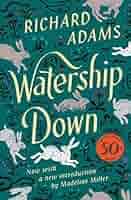 Some of my favorite aspects of the book include:
Some of my favorite aspects of the book include:

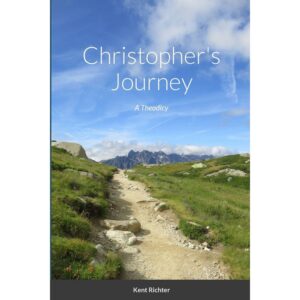


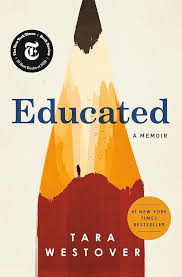
 Psalms is a different book with a different context—one aspect of which is that of bringing all our emotions, concerns, praise, frustrations, thanksgiving, and sorrows to God in worship. In fact, more than a third of all psalms are laments, more than any other type of psalm.
Psalms is a different book with a different context—one aspect of which is that of bringing all our emotions, concerns, praise, frustrations, thanksgiving, and sorrows to God in worship. In fact, more than a third of all psalms are laments, more than any other type of psalm. 

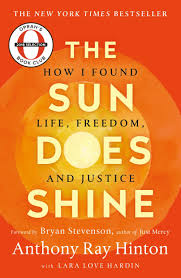
 Because the New Testament writers were people steeped in the Old Testament, that’s where they often drew ideas, motifs, and references to understand this surprising Jesus who was not the military Messiah they expected. The language of “passing by” recalls the story in Exodus 32–33 when Moses asked God to see his glory. God says, “When my glory passes by, I will put you in a cleft in the rock and cover you with my hand until I have passed by” (Exodus 33:22, my emphasis).
Because the New Testament writers were people steeped in the Old Testament, that’s where they often drew ideas, motifs, and references to understand this surprising Jesus who was not the military Messiah they expected. The language of “passing by” recalls the story in Exodus 32–33 when Moses asked God to see his glory. God says, “When my glory passes by, I will put you in a cleft in the rock and cover you with my hand until I have passed by” (Exodus 33:22, my emphasis).